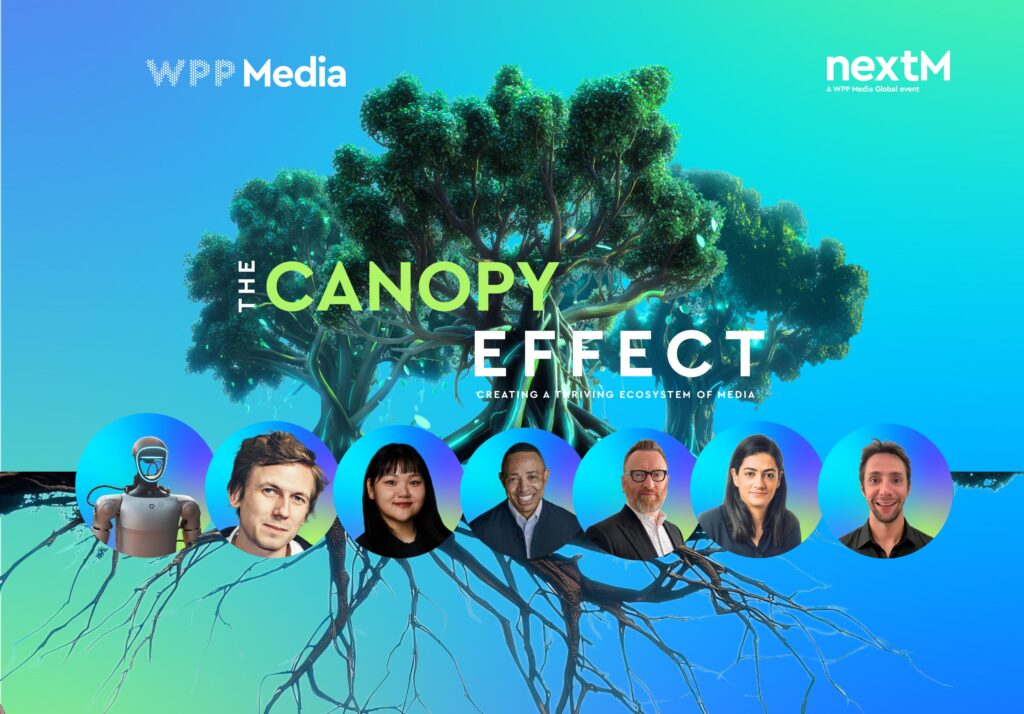Omobono Middle East, strategic, creative and technology agency for business brands, released its What Works Where (WWW) study, revealing digital marketing trends for B2B companies. Communicate spoke to Francesca Brosan, co-founder, and chairman of the agency to glean some insights.
B2B marketing has often been a much-neglected area of research. Unlike the consumer space, there is very little published work on the B2B marketing practice. This, says Brosan, was the initial inspiration for the What Works Where. B2B budgets can’t always accommodate large-scale research, and there are people who want answers to questions about efficiency and effect. “Our primary objective is to give B2B marketers in this region a sense of what’s going on,” she says. It’s also the first time the research program is being carried out in the UAE – and the Middle East region. With previous studies conducted in countries such as India and China, the global data would be useful for clients targeting the UAE market, especially those that aren’t based in the region.
The digital conundrum
There’s an interesting phenomenon taking place in the country. Google ranked UAE as the first for smartphone penetration in 2016. Nielsen reports that at least 78 percent of the population owns a smartphone, as compared to the 68percent expected in 2018 in the EU. Strangely, that number isn’t reflected in business’ spending behavior. Brosan agrees that while businesses here consider digital to be critical and important overall, their allocated budgets tell a different story. “A lot of the communications established in B2B are more traditional media. Events, PR and sponsorships – they work very well in B2B marketing, but are very expensive to do”.
While digital may seem to be cheaper in many ways, many businesses may not factor in the resources, skills and time needed. “People are talking about increasing their digital budgets by 25 percent next year, yet they’re also saying the biggest challenge is finding the skills and resources to do that,” points out Brosan. Social media, for instance, is more time consuming than most realize. Services such as social tile generators help speed up the process, but being responsive to market situations requires constant monitoring. “[To make an impact], you want something timely, insightful and branded. People think it’s easy, but in fact, it’s not,” she adds.
Setting priorities
The study has also revealed a shift over time, says Francesca. From 2011 through 2014, B2B marketers responded that their top priority was deepening customer relations. But that figure dipped in 2015 and 2016. “What’s more important now is strengthening thought leadership and then promoting products and services,” says Brosan.
In the UAE, even with 48 percent respondents stating “deepening customer relationships” is a priority, it ranks fourth. Increasing pressure on marketers to deliver results has led to businesses using digital solely as an acquisition tool. “[B2B marketers] aren’t using it for data and research, which means they aren’t supporting or responding to customers. That’s missing out, because the whole point of digital is that it is a two-way street,” she says.
The pressure to deliver in ROI – fundamentally wrong in the context of B2B purchases, as they do take much longer – results in other ineffective use of digital data. The study shows that literally 0 percent of B2B marketers currently use data to track how customer perceptions of their brand changes over time. “We think of digital as an activation spike, not as part of our long-term brand building [strategy]. So perhaps, it’s not surprising that [marketers] aren’t using digital to measure long-term changes in brand perception,” says Brosan. But in B2B practice, there often isn’t enough money to carry out this kind of brand tracking study. So, marketers resort to looking at immediate impact instead of the long-term effect.





